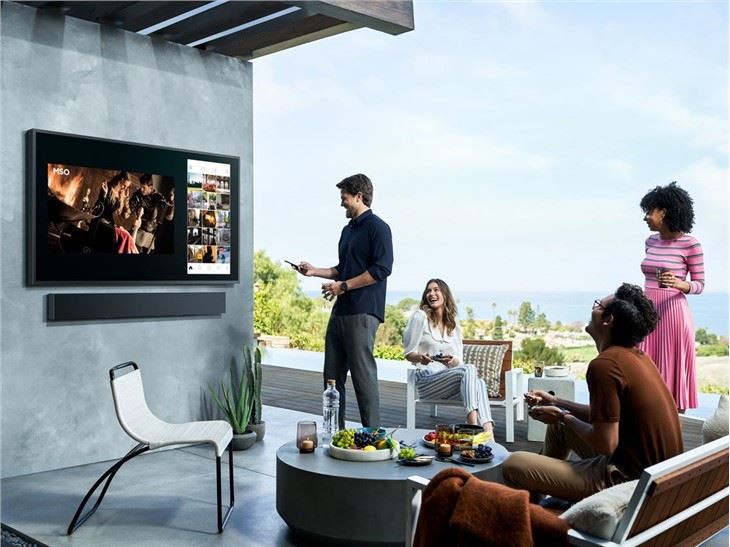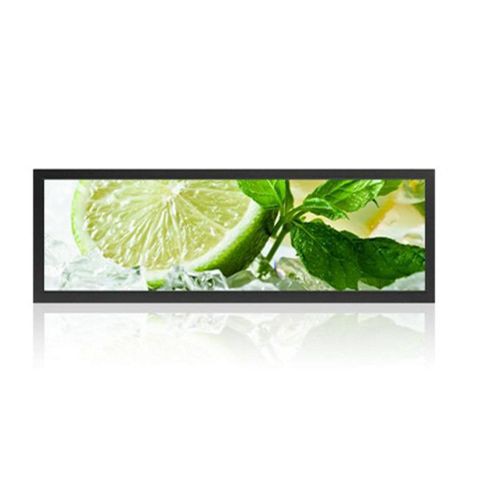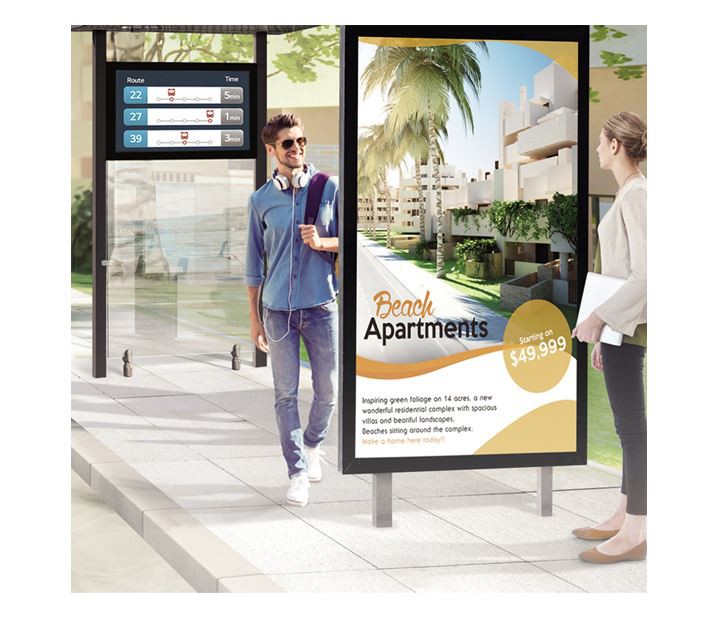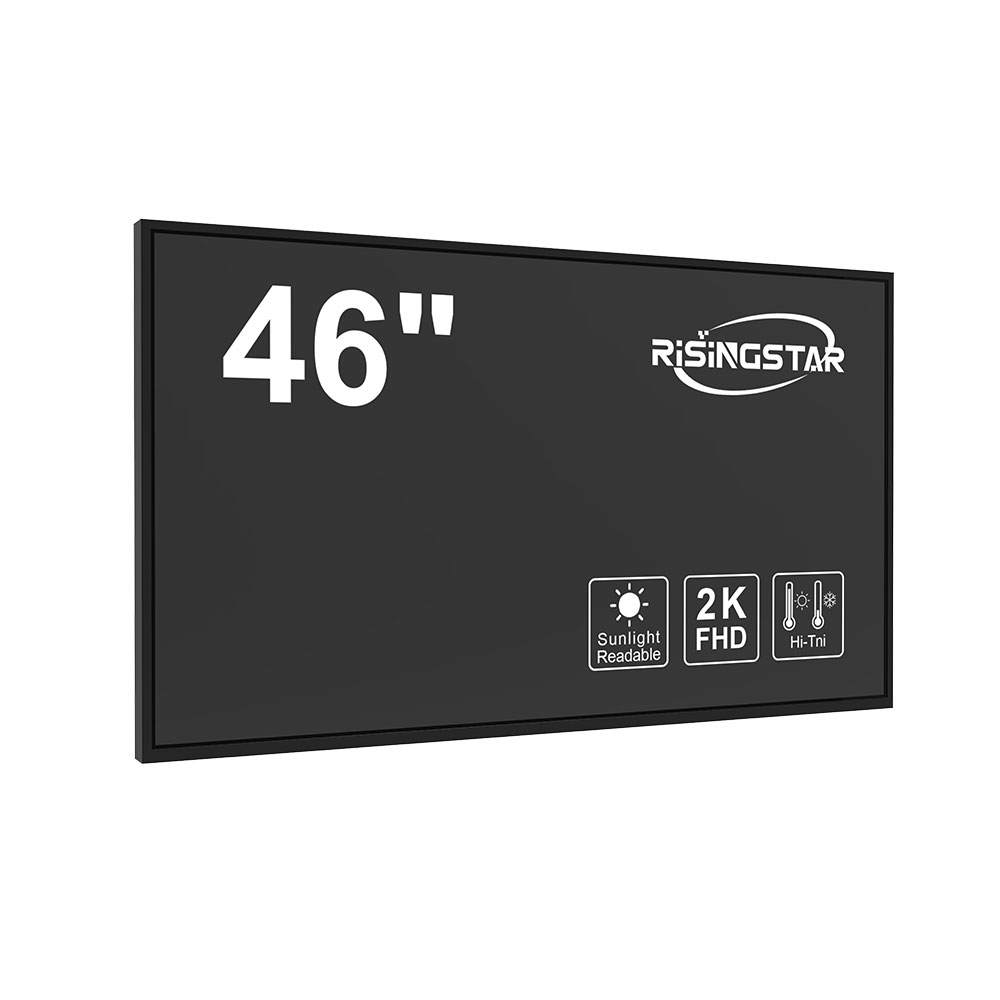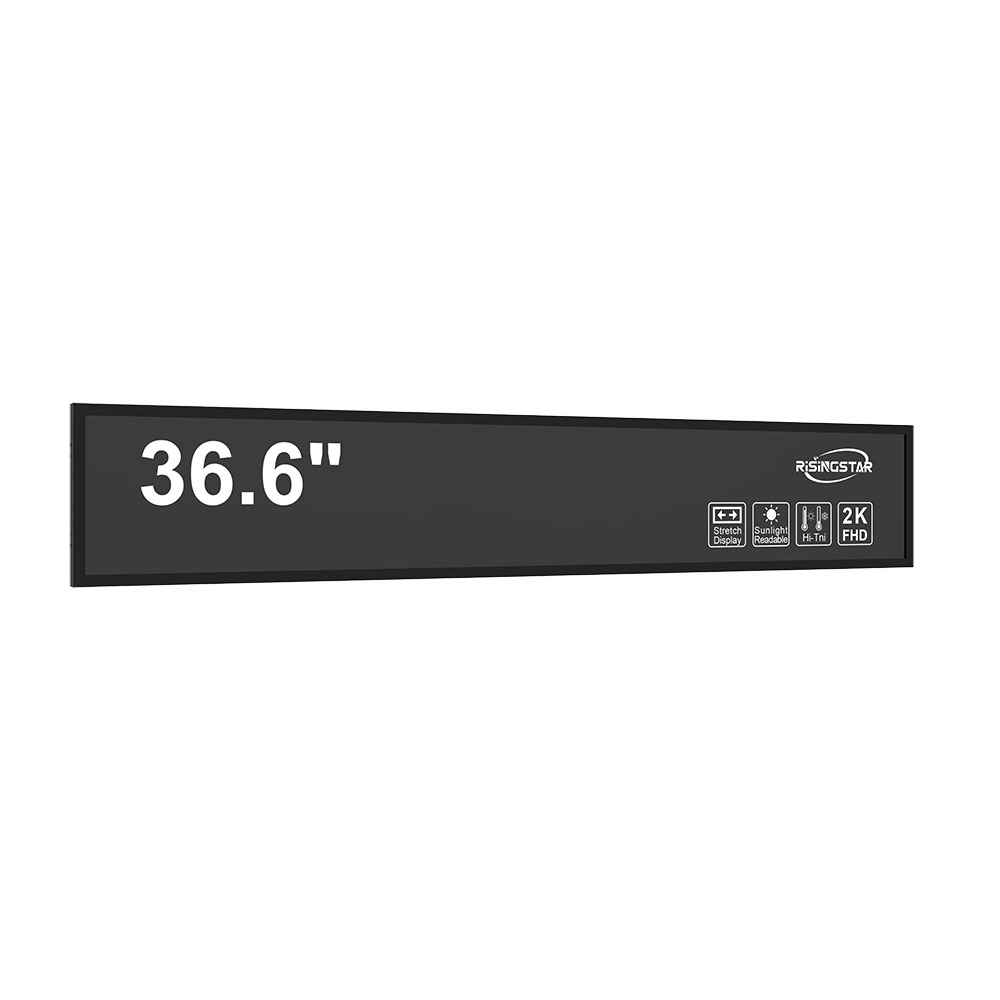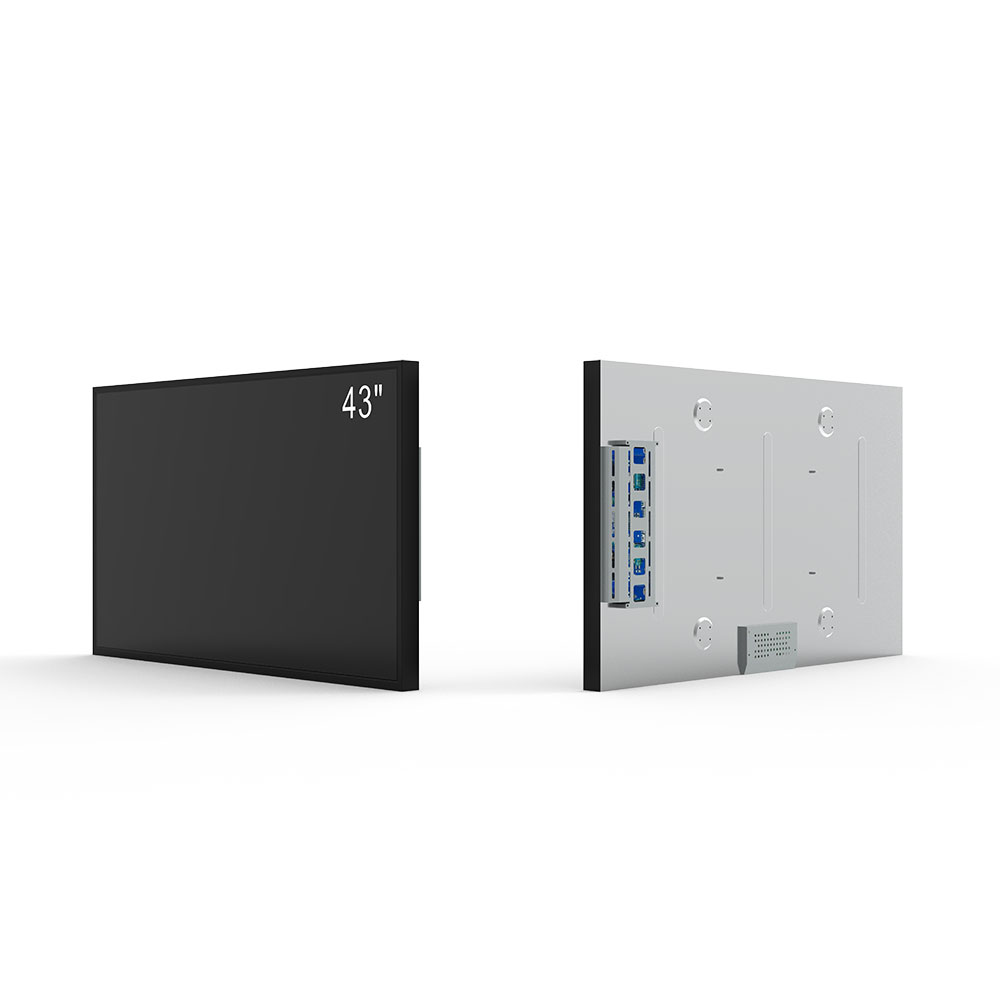In today’s increasingly connected and mobile world, high-brightness sunlight-readable LCD displays have become indispensable in outdoor and high-glare environments such as military vehicles, industrial control panels, medical devices, and public transportation systems. These displays are engineered to maintain visibility under intense ambient lighting—often exceeding 10,000 lux—where standard LCDs fail due to poor contrast and washed-out images. The demand for such technology has surged in recent years, with the global outdoor display market projected to exceed $4.5 billion by 2026 (MarketsandMarkets, 2023), driven by advancements in LED backlighting, advanced polarizer films, and intelligent brightness control algorithms.
The core challenge in designing a sunlight-readable LCD lies in optimizing luminance, contrast ratio, and ambient light rejection. Unlike indoor displays that typically operate at 200–300 cd/m², high-brightness sunlight-readable LCDs must achieve at least 3,000 cd/m², with many military-grade units exceeding 5,000 cd/m². This is achieved through several technical innovations. First, high-efficiency LED backlights—such as RGB or white LEDs with optimized color temperature—ensure sufficient luminance without excessive power consumption. Second, anti-reflective coatings on glass substrates reduce surface glare by up to 95%, while specialized diffuser sheets distribute light uniformly across the screen. Third, dynamic brightness control (DBC) adjusts screen output based on real-time ambient light sensors, improving energy efficiency and user experience.
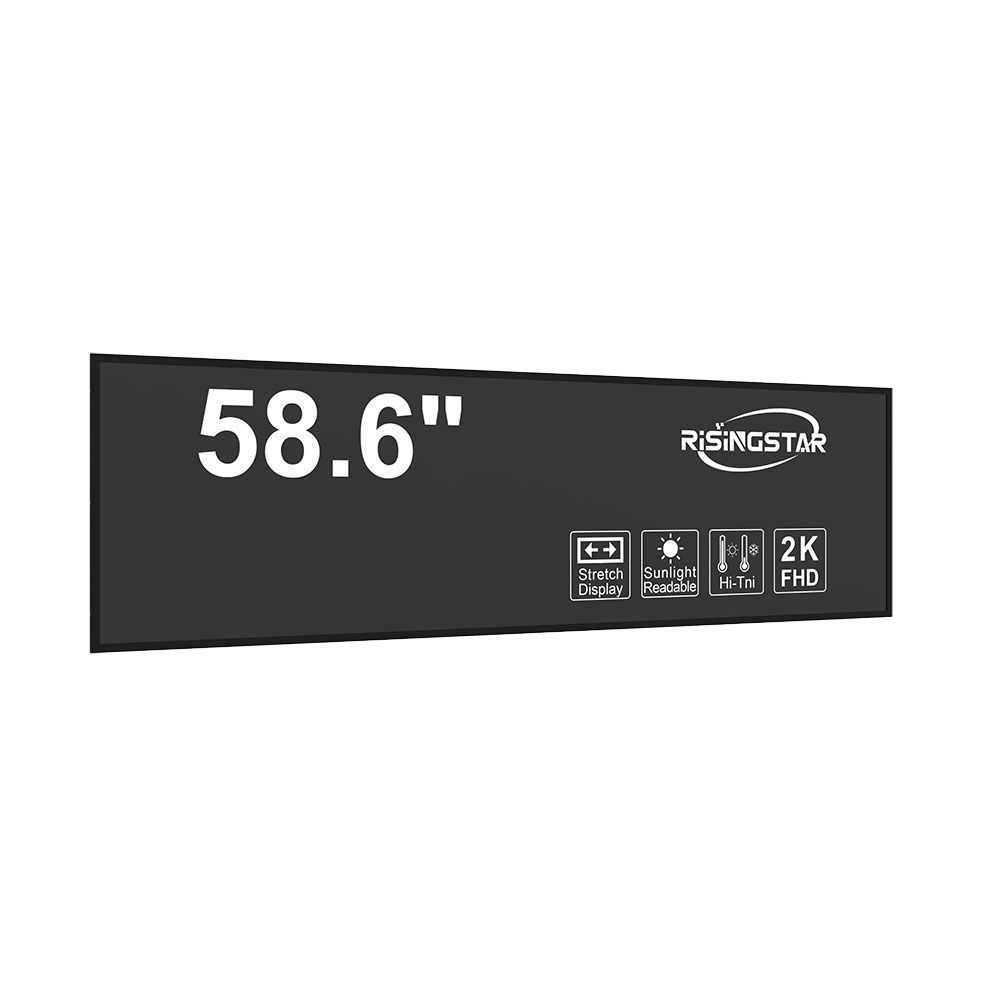
Case studies from leading manufacturers like Evesham Technology, Lilliput, and Crystalfontz demonstrate successful implementation in demanding applications. For example, a U.S. Army field deployment used a 10.4-inch sunlight-readable LCD with 5,000 cd/m² brightness and ruggedized IP67 enclosure for vehicle-mounted mission computers. Despite operating in desert conditions where ambient light exceeded 8,000 lux, operators reported clear visibility during daylight operations—a critical factor in situational awareness. Similarly, a European train manufacturer integrated 15.6-inch LCDs into onboard passenger information systems, achieving 3,500 cd/m² brightness and reducing driver fatigue caused by screen glare during daytime commutes.
Another key feature of modern high-brightness LCDs is their ability to maintain image quality across wide temperature ranges (-20°C to +70°C). This is achieved through thermal management solutions such as heat sinks, thermoelectric coolers, and wide-viewing-angle technologies like IPS (In-Plane Switching) or VA (Vertical Alignment) panels. Additionally, some models now incorporate touch functionality with glove compatibility and water-resistant surfaces, making them ideal for extreme environments such as oil rigs, construction sites, or emergency response vehicles.
From an engineering perspective, the integration of these features requires multidisciplinary expertise—from optoelectronics to materials science—and adherence to international standards such as MIL-STD-810G for environmental durability and EN 60950-1 for electrical safety. Furthermore, compliance with RoHS and REACH regulations ensures environmental sustainability and global market access.
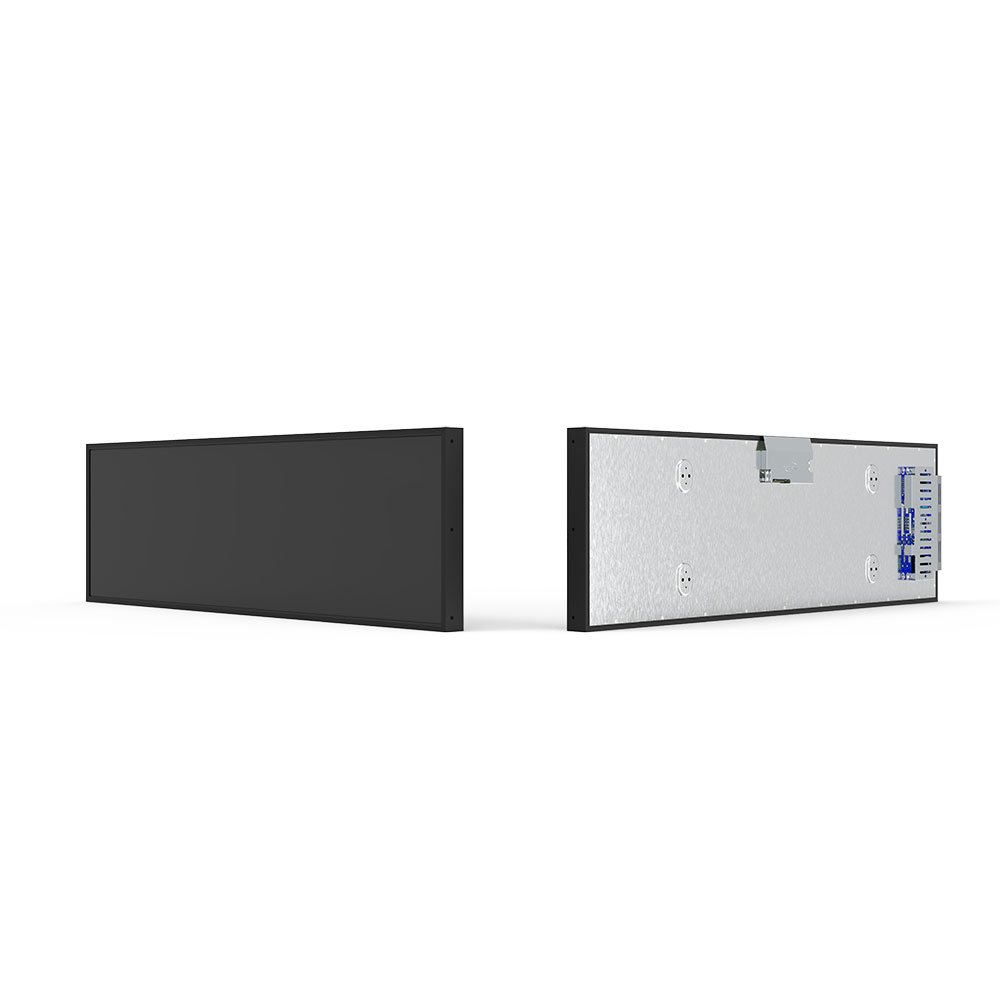
In conclusion, high-brightness sunlight-readable LCDs represent a convergence of cutting-edge display technology and rigorous engineering design. As Digitale Beschilderung im Freien, IoT-enabled devices, and autonomous systems grow more prevalent, the need for reliable, human-readable interfaces under any lighting condition will only intensify. Manufacturers who invest in R&D, adhere to industry standards, and prioritize real-world usability will lead the next generation of visible, durable, and efficient outdoor displays.




